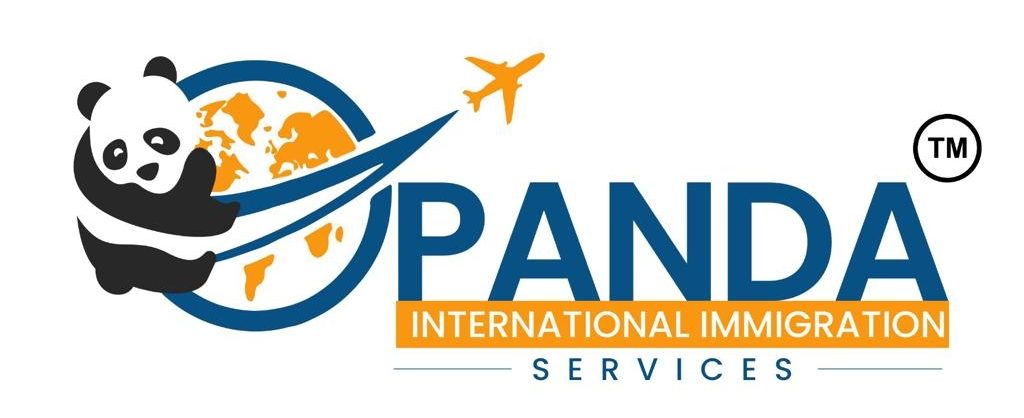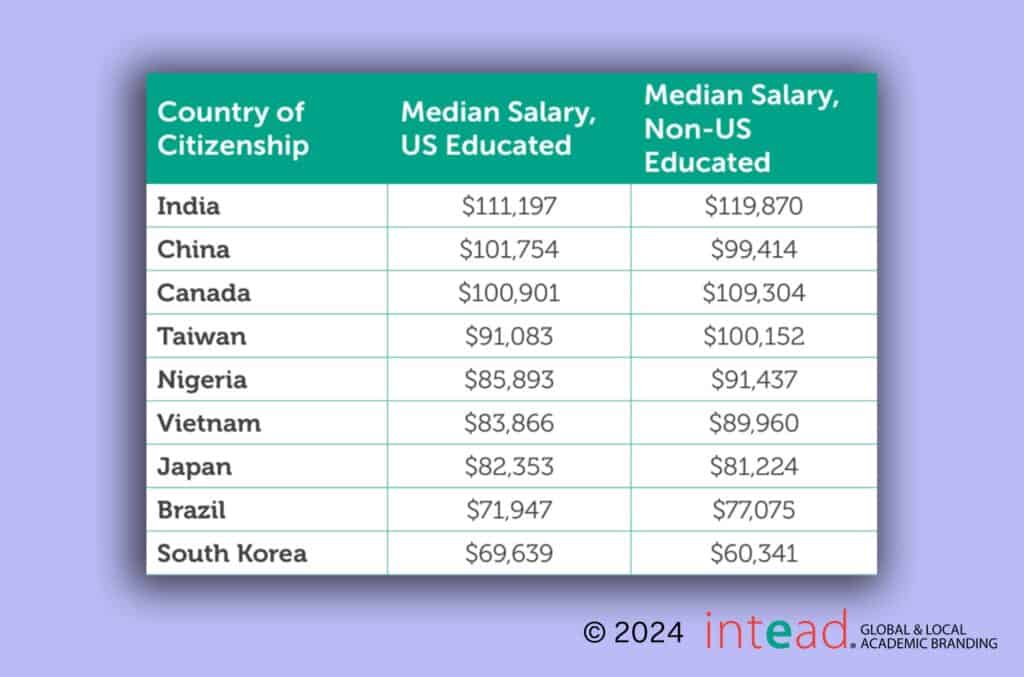Career opportunities are the driving force behind international students’ decisions to pursue a foreign education. Our recent research reinforces what we’ve long known: if your institution can clearly demonstrate that your degrees lead to successful career outcomes, you will capture the attention of prospective students.
Enter Intead’s analytics team and our colleagues at F1 Hire. On offer to you for download: our first Connecting Dots study, How International Students are Finding US Jobs: A Look at the Students, Degrees, and Institutions Producing Success. Our approach, while US-centric, can offer insights to enrollment leaders in the UK, Canada, and others around the world.
Download Connecting Dots Report.
If you’re looking for consistent insights like this, be sure to check out Intead’s blog, where we dive deep into the latest trends and strategies in international education. This is where your peers are staying ahead of the curve on all things international enrollment management (IEM).
The missing link in your university’s ROI story
Traditionally, a lot of institutions have struggled to make a compelling case for the return on investment (ROI) of their degrees. Sure, the typical “x% employed within six months” statistic is cited left and right, but you could be so much more compelling if you had more specific outcome data available.
Imagine telling a prospective electrical engineering student from India how many of your graduates from India found jobs in that field along with their starting salary range.
In collaboration with F1 Hire, an ed-tech company specialising in international student job placement, the Intead team dove deep into the data from the US Permanent Labor Certification Program (PERM) and H-1B applications tracked by the US Department of Labor from 2018 to 2023. Our analysis provides actionable insights into the career trajectories of international students who seek US work experience post-graduation, revealing which universities – and which states – are delivering highly desirable career opportunities for international students.
Key insights from our analysis
For this Connecting Dots report, the first in a series, we set out to answer four questions important to US enrolment teams right now:
Where are the US jobs for international students?
What kind of salary can an international student expect if they land a job in the US after graduating?
What can we understand about the Indian student experience specifically since this is such a significant student source country for US institutions?
How are international students and graduates searching for and finding US jobs?
Wouldn’t we all like to know? Now we do.
Our process wasn’t just about gathering numbers—it was about finding the hidden patterns and stories that the data had to tell. Here’s what we found that we think our IEM colleagues will value most. The report dives deeper into each of our questions with some really helpful tables and charts.
Here are five key findings that surfaced during our analysis:
It’s (mostly) all about STEM.
International students have long preferred STEM degrees due to the three-year OPT opportunity the US offers and the salary potential. That opportunity exists because US tech companies cannot find enough well-trained American workers. Learn more about the STEM OPT trend in this recent post here.
It’s not just about US degrees anymore.
Non-US degrees add value for US job seekers, too. International students earning a degree outside of the US are finding high starting salaries in the US. Sometimes higher than those graduating with a US degree and seeking a US job.
The US degree upside: Less experience required.
US employers appear to require fewer years of prior work experience from international students with a US degree as compared to those who have earned a degree outside the US.
Location matters. And it’s more middle America than coastal.
New Mexico, Nevada, Colorado, Tennessee, and Montana have the highest ratio of H-1B jobs per international student attending universities there. North Carolina, Michigan, and Virginia also demonstrate a high proportion of international student-friendly employers. Unexpected opportunities here for institutions and international students? You bet.
Universities with strong career service offices and corporate partner relationships will win.
The data clearly lays out where the career opportunities are for international students and how these students are approaching career search. It only makes sense then for institutions to leverage this insight by partnering with H-1B and PERM-friendly employers. So few institutions put resources into this kind of relationship building. Honestly, it’s a face-palm thing.
Why all this matters for your institution’s global appeal
International students are laser-focused on their future careers. Smart international student marketing shows them how a degree from your university can be the key to achieving their aspirations. The data we’ve uncovered in the Connecting Dots report provides your recruitment team with powerful narratives that can be shared at international education fairs, giving your institution a competitive edge.
Need a partner to navigate the headwinds of international student enrolment? Connect with us here: info@intead.com.
About the authors: Ben Waxman is the chief executive officer of Intead and Carrie Bishop is the company’s senior editor.
The post Student careers: data that sets our institution apart appeared first on The PIE News.


